Description
Nōgaku zue, Pl.16 by Kōgyo Tsukioka printed on a T-Shirt
About the T-Shirt
Regular fit
Standard length, the fabric easily gives into movement
Casual wear
A classic, everyday option loved by our customers
Side-seamed
Constructed by sewing two parts together, creating a fitted look
The Unisex Staple T-Shirt feels soft and light with just the right amount of stretch. It’s comfortable and flattering for all. We can’t compliment this shirt enough–it’s one of our crowd favorites, and it’s sure to be your next favorite too!
- Solid colors are 100% Airlume combed and ring-spun cotton
- Ash color is 99% combed and ring-spun cotton, 1% polyester
- Heather colors are 52% combed and ring-spun cotton, 48% polyester
- Athletic and Black Heather are 90% combed and ring-spun cotton, 10% polyester
- Heather Prism colors are 99% combed and ring-spun cotton, 1% polyester
- Fabric weight: 4.2 oz./yd.² (142 g/m²)
- Pre-shrunk fabric
- 30 singles
- Side-seamed construction
- Tear-away label
- Shoulder-to-shoulder taping
- Blank product sourced from Nicaragua, Mexico, Honduras, or the US
Kōgyo Tsukioka (1869 – 1927)
Kōgyo Tsukioka (月岡 耕漁, Tsukioka Kōgyo), sometimes called Kōgyo Sakamaki (坂巻 耕漁, Sakamaki Kōgyo), was a Japanese artist of the Meiji period. He was a student and adopted son of Tsukioka Yoshitoshi, and also studied with Ogata Gekkō. Although Kōgyo sometimes painted other subjects, for most of his career he made pictures of Japanese noh theatre, either as large-scale paintings or colored woodblock prints. Many of the latter were published in series and sold as multi-volume sets. Some sets, such as Nōgaku zue, have been preserved as albums in their original bindings, including accordion-style bindings known as orihon, while other sets such as Nōga taikan, were issued in sewn bindings known as yamato toji. Although most bound sets belong to institutional collections, individual prints by Kōgyo can still be found through dealers specializing in Japanese prints.

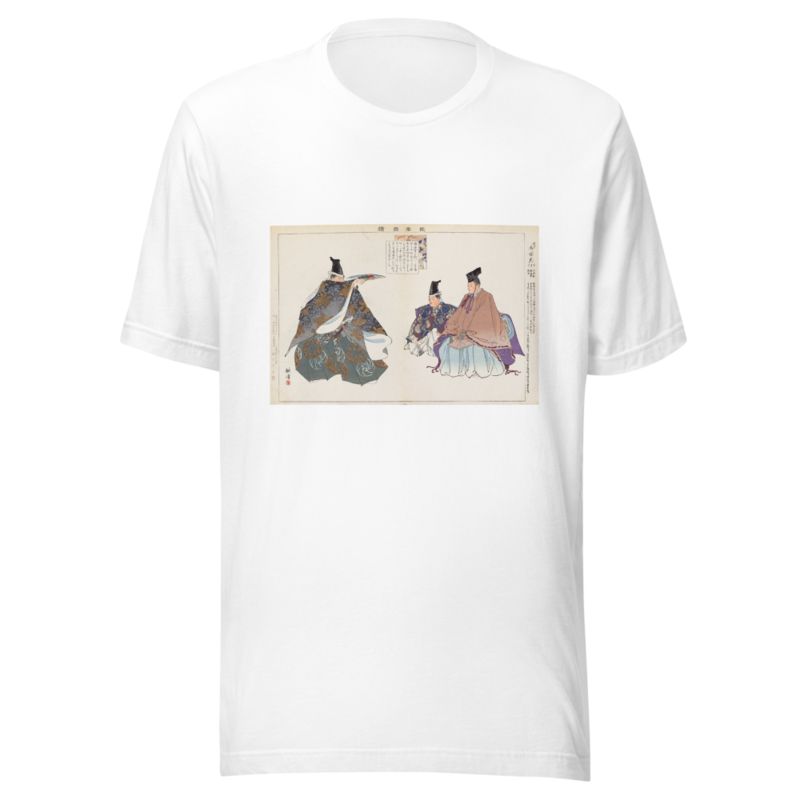
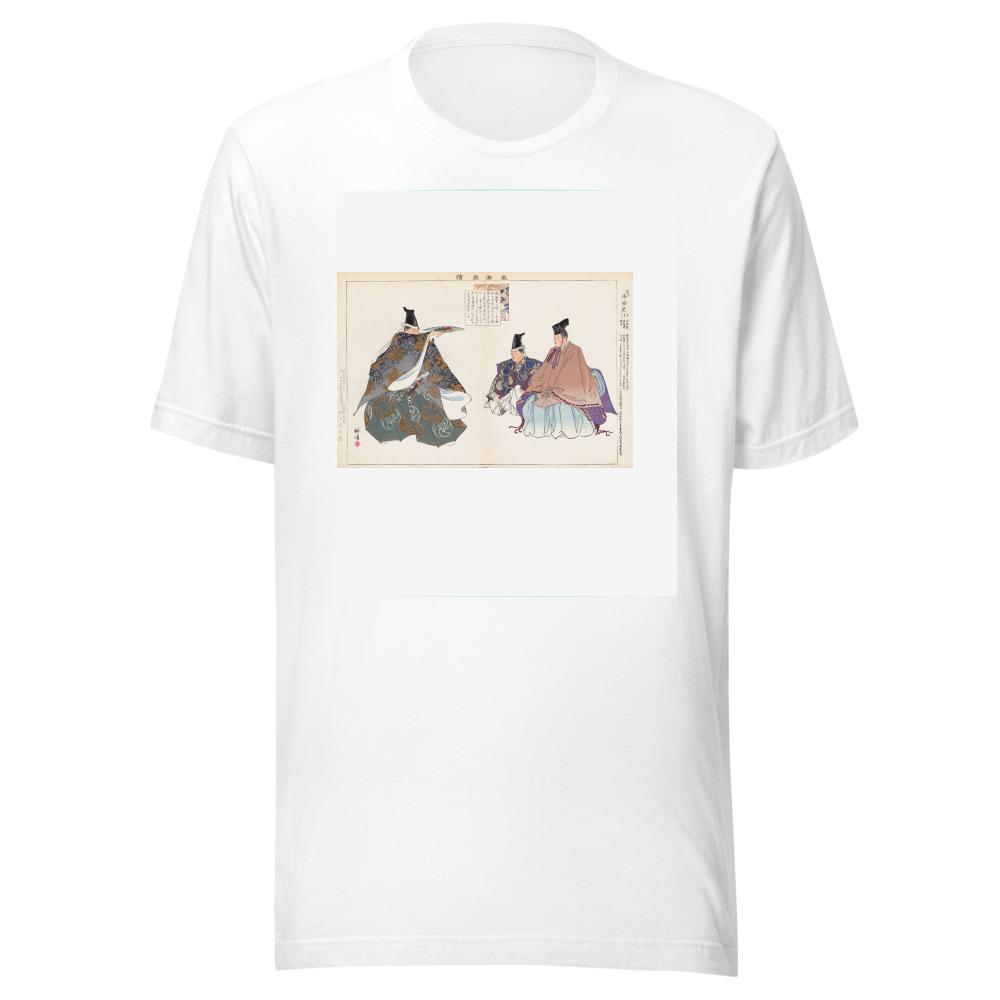
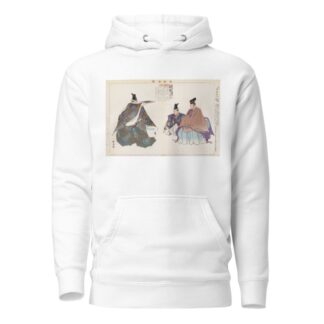
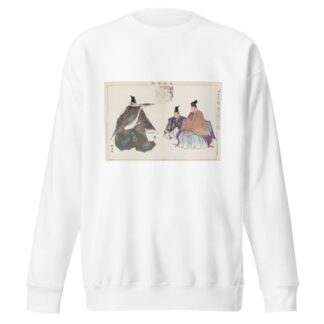
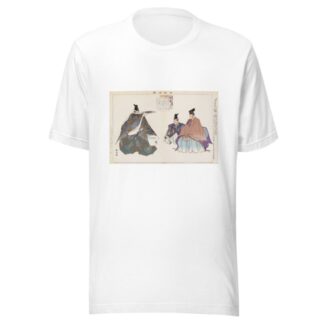
Reviews
There are no reviews yet.